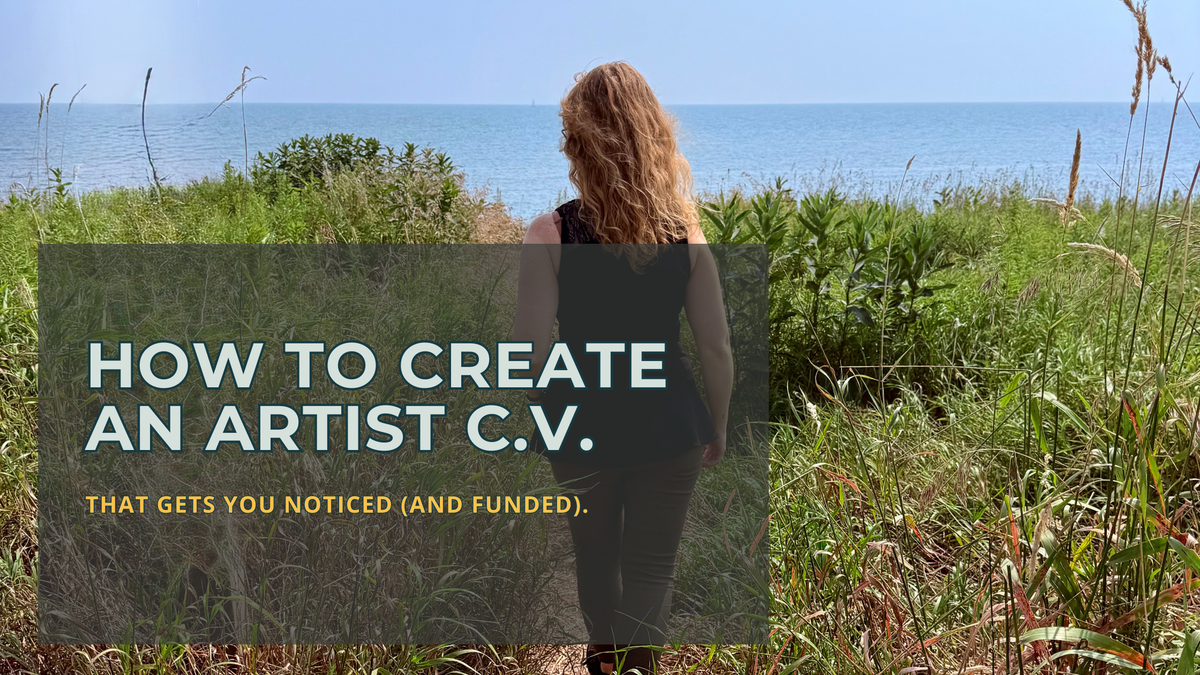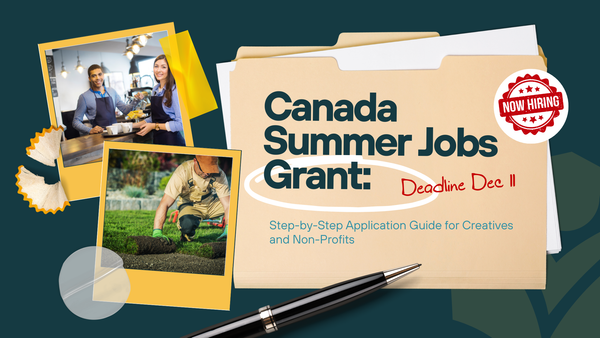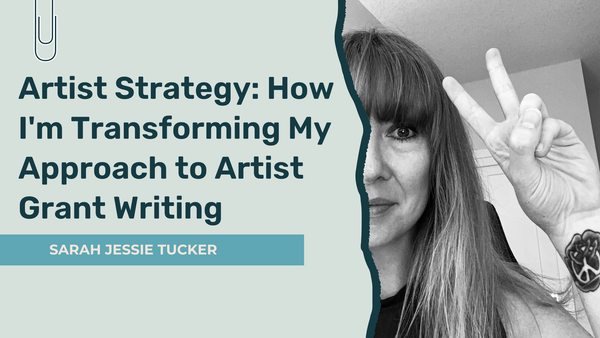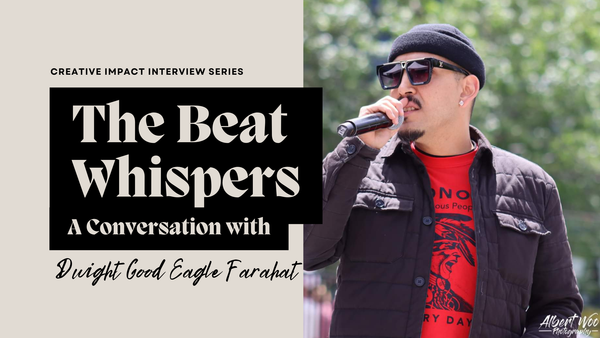How to Create an Artist CV That Gets You Noticed (and Funded).

Why do you need an artist's resume, and what should you include? Let's explore the reasons behind having an artist's resume and what key elements you should incorporate.
Why Do You Need an Artist's Resume?
- To get approved in the Canada Council for the Arts' grant portal, you must upload an artist's resume to your chosen profile.
- Grant applications will ask for an Artist's resume as an attachment.
- When applying to residencies, like the Banff Centre for Arts, you must include your Artist's resume.
- Art gallery submissions require an Artist's resume.
While these are the most common scenarios, it’s also helpful to know the difference between an artist's resume and an artist C.V.
- An artist resume is a short, tailored document (1–4 pages) for a specific opportunity.
- An artist C.V. is your master record of all work, exhibitions, awards, and publications—often longer and more detailed. Maintain both so you can quickly adapt for different applications.
The Canada Council for the Arts considers your artist CV part of assessing artistic merit, which can be up to 50% of the evaluation score for certain grants.
How to Draft an Artist's Resume
Depending on where you are on your journey, you might not have information for all of the following typical resume sections, and that's ok!
- Education: If you have an arts education, completed courses, or certificates, list them in an education section. You don't need an arts undergrad. If you have been mentored by an artist, list that under this section, too.
- Experience: If you run your own studio or business within the arts, have a section for your experience. If you serve on an arts board, be sure to list that here.
- Production or Recordings: In this section, you will list your films, songs and albums.
- Exhibition and/or Performances: Were you part of an exhibition, or have you performed anywhere?
- Bibliography & Media: Where have you shown up in media? Have you been on the news, or has an article been written about you? Maybe you've been on a podcast. I like to hyperlink the media within a resume.
- Publications: Have you written a book, blog or article? Don't forget to list that too.
- Lectures and workshops: If you've taught a course, workshop, or a keynote speech, be sure to list that experience.
- Scholarships, grants and awards: Not everyone has something for this section, and that's okay!
- Professional affiliations: Are you a member of SOCAN or affiliated with an arts professional organization? List your affiliations within this section.
- Volunteer: List your volunteering within the arts industry. This shows you're a part of a large community of long-term dedicated volunteers. Calgary Arts Development looks for artists who are involved in the community. Don't forget the early events you volunteer at and the boards you sit on.
Consider reordering these sections based on your strengths. For example, if awards are stronger than exhibitions, put them first. Funders and curators skim quickly; lead with your most impressive credentials.
For online applications, use keywords like “solo exhibitions,” “residencies,” “grants awarded,” “curatorial projects,” to help today's tech quickly pick out your resume.
Formatting Tips for a Professional Artist CV
- Keep it scannable and straightforward: use a clean font (Arial, Calibri, or Times New Roman), size 11–12.
- Avoid decorative fonts unless explicitly requested.
- Submit as a PDF for consistency, but keep an editable master Google or Word document.
- Use reverse chronological order within each section.
- Maintain consistent date and title formatting (e.g., “Title, Venue, City, Year”).
- File naming: “Firstname_Lastname_ArtistCV.pdf” looks easy to read.
Grant-Readiness and Your Artist CV
When applying for a grant, your artist's resume will help speak to your artistic merit, along with your work-in-progress sample. When Canada Council for the Arts (CCA) evaluates a Research and Creation grant application under their Explore and Create program, 50% of the scoring is allocated to artistic merit, and a minimum score of 35 out of 50 must be met. CCA has three points they are looking for that speak to your artistic merit:
- The artistic quality of your work.
- The artistic rationale for your project.
- The potential artistic outcomes.
Your CV is just one piece of a grant readiness toolkit, alongside:
- Artist Statement– Who am I? What's my creative process? What are my goals?
- Bio – a third-party written bio is essential for publication submissions, delivering workshops, and websites.
- Project Description – Project pitch.
Extra Tips
- Quantify impact where possible (e.g., “Curated 3 exhibitions drawing 500+ visitors”).
- Include collaborative projects to show community and partnership engagement.
- Keep a master CV and edit it down for each specific opportunity.
- Proofread carefully—typos can undermine credibility.
- Tailor your CV to the application’s priorities (e.g., if it’s for a teaching role, highlight educational experience).
Resources
Canada Council for the Arts – How to Draft an Artist CV
Hamilton Arts Council – Templates for Artist CVs
Mid-America Arts Alliance – Resume vs. CV for Artists
College Art Association – Guidelines for Visual Arts CVs
Deadline coming up? Don’t risk last-minute doubts. Get expert Review & Feedback now so you can submit on time, stress-free, and with a stronger chance of success.




